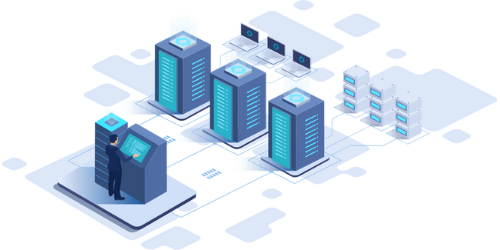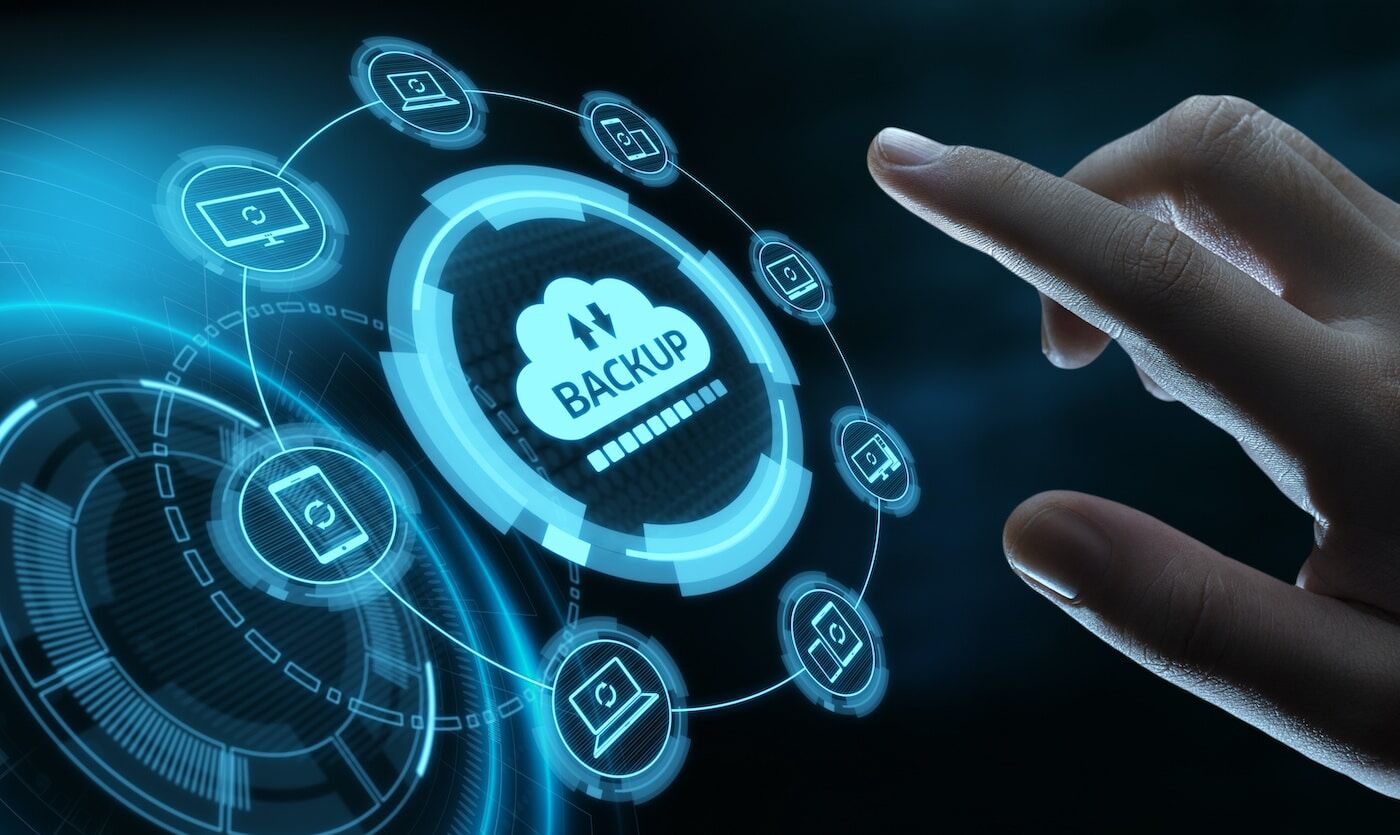OT/SCADA Data Backup Management
Data is one of the most valuable assets to an organization. Today, organizations receive, store, and transfer huge volumes of data every millisecond. Losing data can compromise an organization’s identity and reputation at large, further have a negative impact on its operations and financial stability. The OT Systems and SCADA play a vital role in critical infrastructure set ups like manufacturing, O&G and energy sectors. With OT-IT coherence, cyber-attacks are on the rise, this calls for organizations to ensure that a recovery process is in place to minimize risk of data loss and other disruptions to operations.
This is where backup operations come to rescue

What is Data Backup?
Data Backup refers to the process of copying digital data from a primary to a secondary location as a protective measure for later use, for example in the event of a hardware or software failure, data corruption, malicious attack, or accidental deletion of data etc.
Types of Backup
Industries can back up their data either manually or through backup software solutions. A wide variety of data backup software exist but it can be tricky to choose the right strategy as each are designed to tackle different concerns and vulnerabilities.
Full Backup
As the name suggests, a Full Back backs up all its data files and folders when selected. As the storage of all files are accounted for in this kind of backup, restoration times are shorter. However, it calls for larger storage provisions and longer backup completion times.
Incremental Backup
Backs up any data changes from the last back up performed of any kind (either full or incremental). This refers to recurrence of shorter backups replenishing only altered data over time. Though the backup is quick, restoration times are quite high.
Differential Backup
A Differential Backup backs up any changes made from the last full backup. Slower than incremental backups but has better restoration times than full or incremental backups.
Mirror Backup
This is identical to Full Backup. Organizations use this kind of backup to create exact copies of their source data files.
Using a combination of different backup types can is advisable as it ensures to provide a robust disaster recovery plan.
Backup Storage Techniques
There are different techniques by which data can be backed up. The 3-2-1 backup rule is commonly heard off, wherein a total of 3 backups are recommended, with 2 on site but on different media and 1 offsite. Backing up data could be through:
External hard drives (Solid state drives or USBs etc.)
Though data losses can occur over time, they serve as an all-time popular method as they are easily portable and simple to use.
Backup Software Services
Can help us select the required data for backup, also ensuring data encryption for protection against possible cyber threats.
Tape Backup
A storage method where large amounts of data up to 9TB can be stored on a single tape. The downside is the large restoration time. A single file alone cannot be restored but the entire data.
Cloud Backup
The most used backup solutions of the era because of the safety and easy accessibility it provides. Cloud storage options can include public, private or hybrid.
What to look for when finding a backup solution?
- Amount of Storage Space
- Cost of Backup Software
- Fast recovery times
- Ease of use
- Level of Backup Data Security
- Reliability and quality of vendor support

How can CONSYST help?
If you would like to know more about the right Backup Approach suitable for your OT/SCADA/ICS infrastructure, contact our experts.
